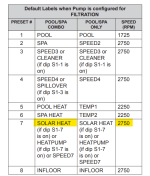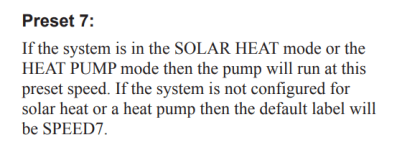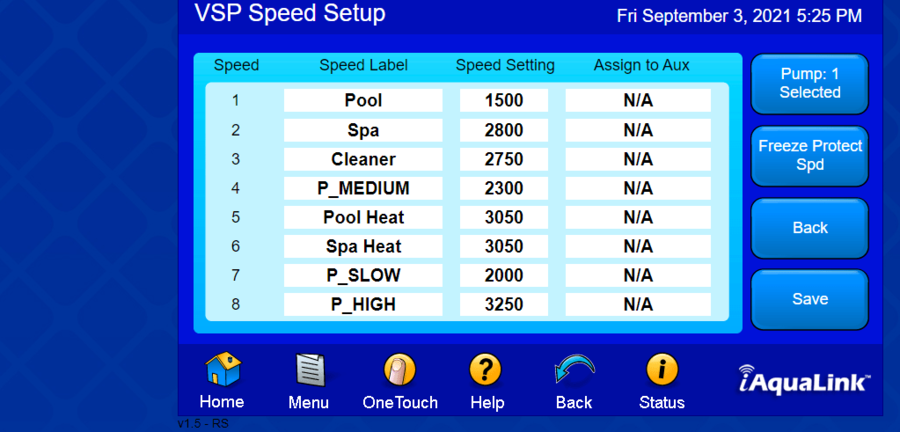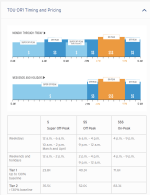In my head this is a simple problem to solve. Why can't Jandy/Pentair/etc have the variable speed pump automatically adjust RPM for solar heating. Or do they already? We already have a supply line temperature probe, I don't see why we can't have a return line temperature probe and set a min/max RPM for when there is a call for solar heat. If the input/supply water is say 8 degrees (or a user configurable threshold) or less than the output/return water, then run the pump at the min rpm (for solar). As the temperature differential ("Delta T") gets higher than 8 degrees, slowly increment the rpm say 200 RPM every Xminutes until the temperature differential is at that 8 degree threshold (plus or minus a degree or so), or until you reach the max RPM that was user set.
During spring I don't need to run the pump full blast because the solar panels aren't hot enough. And during summer, I CAN run full blast for shorter periods of time. That's just using a simple seasonal example. With proper logic in place, it would also work for time of day thermal supply, so we can collect some solar heat in the mid-morning (or cloudy day) without needing to be full speed, but the pump would ramp up later in the afternoon when their is more thermal energy available.
Seems like simple stuff to me. What am I missing?
Just trying to eek out every bit of efficiency since we live in California, and our power pricing is crazy.
During spring I don't need to run the pump full blast because the solar panels aren't hot enough. And during summer, I CAN run full blast for shorter periods of time. That's just using a simple seasonal example. With proper logic in place, it would also work for time of day thermal supply, so we can collect some solar heat in the mid-morning (or cloudy day) without needing to be full speed, but the pump would ramp up later in the afternoon when their is more thermal energy available.
Seems like simple stuff to me. What am I missing?
Just trying to eek out every bit of efficiency since we live in California, and our power pricing is crazy.





